vivo’s new gaming-focused T-series of smartphones showcased bang-for-the-buck phones at superb price points, and such is the vivo T1 5G with a Full HD AMOLED display, a triple rear camera setup, and 66-watt fast charging right out of the box. Here’s our full review.
vivo T1 5G specs:
- 6.44-inch FHD+ AMOLED display
2040 x 1080px
409ppi
90Hz refresh rate - 2.4GHz octa-core Qualcomm Snapdragon 778 5G SoC
Adreno 642L GPU - 8GB RAM
- 128GB storage
- Triple-rear cameras with LED flash:
64MP F1.8 main
8MP F2.2 ultra-wide
2MP F2.4 macro - 16MP F2.0 front camera
- 5G, Dual-SIM
- WiFi 802.11ac, Bluetooth 5.2, GPS, A-GPS, GLONASS, GALILEO, BDS, QZSS
- USB-C
- Side Fingerprint scanner
- Funtouch 12 (Android 12)
- 4,700mAh battery
66W fast charging - Colors: Turbo Black, Turbo Cyan
Display: Subtly for Gaming
If you’re one who looks for a gaming-focused device, you’ll probably think of something like flashing RGB parts, futuristic designs, or even added physical features to enhance gameplay. This phone does not have that. For a gaming phone, you’re greeted with just a simple, normal smartphone design that does not evoke the idea that it’s a gaming phone at all. I can actually bring this phone to meetings and it blends into office life, while you can use it after work to catch up with your Mobile Legends ranking or Genshin Impact quests and daily activities.

Our unit is in a Turbo black color variant that features a prominent camera bump at the upper-left part for the three camera modules (two of them placed in one area to make the device look like it only has two cameras). The mineral shine is great as it also gives the device character.

The front, on the other hand, has the 6.44-inch Full HD display in a bezel-less design, save for the notched area up atop where the 16-megapixel selfie camera is located. The call speaker is right at the upper edge of the device.

Let’s now look at the sides. We have the dual SIM card slot, the microphone, and the loudspeaker grille. This device, surprisingly, does not offer a microSD card slot for additional storage, nor a 3.5mm audio jack for wired audio.

On the right side are the power and lock button, and the volume keys. They slightly protrude against a chamfered-edged side frame that offers a seamless feel between the front glass part and the polycarbonate back part.
Despite featuring a 4,700mh battery capacity than can add heft to the phone, it does not feel heavy at all when carried around or used for prolonged periods of time. The finish at the back does not feature smudges and isn’t that slippery if you’ve got sweaty hands, but a case is always good to keep it more protected from accidental drops or slips.
Display: In Full Glory
The 6.44-inch AMOLED display is a good panel, like some of the vivo mid-range phones we’ve reviewed before. It offers a good range of brightness, decent sharpness with its Full HD+ resolution, fluid movement with the 90Hz refresh rate, and great viewing angles and contrast. The display can survive glares on high noon and can still be operated while outdoors, and its lowest brightness setting is good enough for bedtime reading combined with the Eye Care feature that removes

Being a user of a more compact device right now, I had adjusted to the taller design of the phone in reaching out to various areas, and it’s an easy one. Touch response is also good as we tried playing games during our time with it.
You can extend the bottom-firing sole loudspeaker up to 150% when gaming, but sometimes cracks especially when the audio in itself is already loud enough. The speaker features good mids, muddy trebles, and clear voice lines. Leave the bass to your preferred wired or wireless earphones for a better audio experience.
Cameras: Definitely not left out
vivo offers three cameras at the back — a 64MP main, an 8-megapixel ultrawide lens, and a 2MP for depth. The actual layout makes you think that this phone only has two cameras, but the latter two are both housed in a single area. Clever trick, I’d say. The front, on the other hand, has a 16-megapixel selfie shooter.

Both cameras perform well. They are able to create well-saturated photos with good contrast, brightness, depth, and dynamic range. The camera is able to produce good details, even in dim environments. Selfies, too, are good with accurate tone correction in AI beauty and portrait blur features. Here are some sample shots:
Videos also offer the same quality as it is in photos, plus EIS helps in stabilizing whenever you try to move the camera around. See a sample clip here:
Performance: More than just the games
You’re looking at this phone with vivo’s OxygenOS based on Android 12, and I can’t stop loving it because it almost feels like stock Android with some few magical tweaks. I am just really nitpicking on the browser, which gives you notifications on the news you may or may not even need in your life. Fortunately, this can be turned off, but we wish it wasn’t enabled by default in the first place.
Powering the T1 is a 5G-enabled Qualcomm Snapdragon 778G+ which has been a decent performer in multitasking and gaming. We didn’t have any issues with high settings on Mobile Legends, Asphalt 9, and Genshin Impact, to name a few of those we’ve played these past few weeks.

The Ultra Game Mode, this phone’s best software feature, gives you more power to play by optimizing the system as soon as you launch one game, and even choose modes (balance vs performance) to further harness the capability of your phone’s hardware. Do keep in mind that heavy multitasking or prolonged gaming can really make the phone warm up at the upper back part, so keep yourself playing in open, cool spaces.
Here are benchmarks we took:
- AnTuTu v9 – 540,772
- 3D Mark – 2,366 (Wild Life), 691 (Wild Life Extreme)
- • PC Mark – 9,589 (Work 3.0)
- • Geekbench 5 – 771 (Single-Core), 2,795 (Multi-Core), 2,289 (OpenCL)
Connectivity works well — be it connecting to WiFi spots, using your mobile data, taking in calls, listening to music via Bluetooth, or even tracking with GPS. The fingerprint scanner is also fast when scanning to unlock the phone. Overall, performance-wise, we haven’t had any big concerns with the phone.
Battery Life: The Need for Speed
With a 4700mAh battery, it’s already enough for around 5-6 hours of continuous Mobile Legends gameplay on high settings, or up to a day of juice with medium activity including calls, SMS, social media browsing, camera usage, and app downloads all over WiFi and 5G mobile data.
PCMark’s battery test rated the device at 19 hours and 33 minutes from 100 to 20%. Recharging is quick thanks to the 66-watt adapter, which makes the device go from 20% to full in around an hour as it trickles down the charge at 60%.
Discover more from WalasTech
Subscribe to get the latest posts sent to your email.



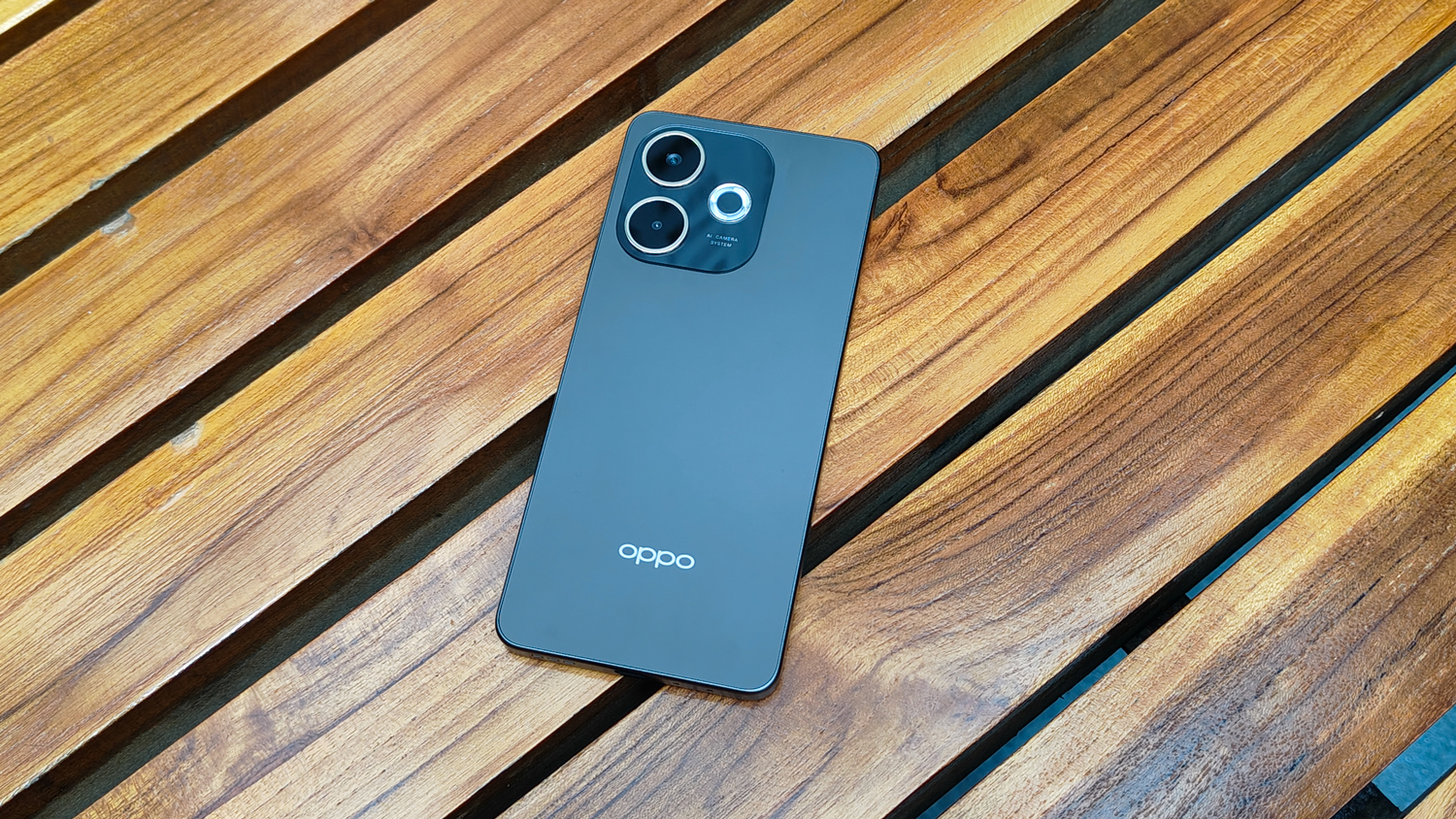

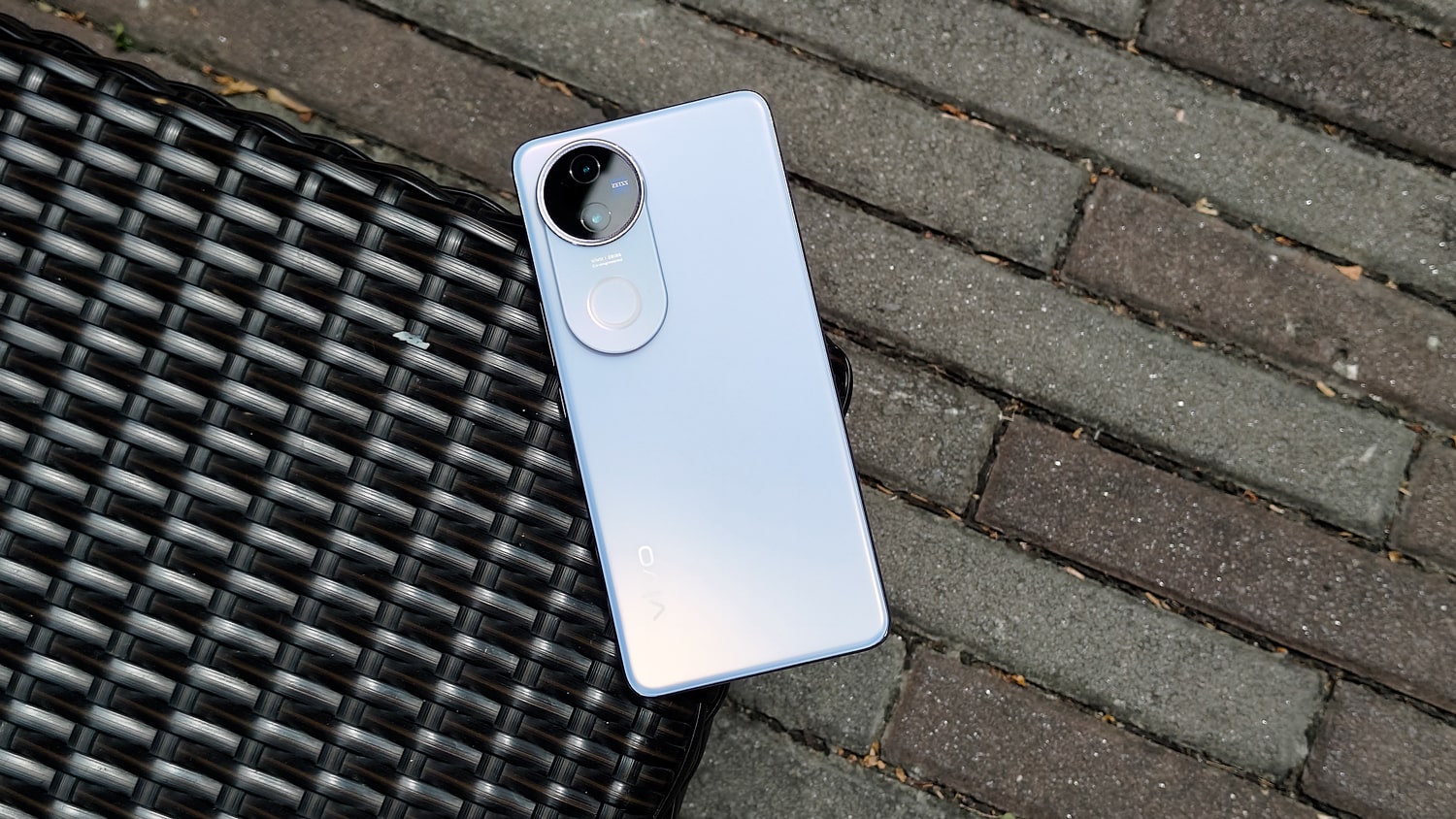
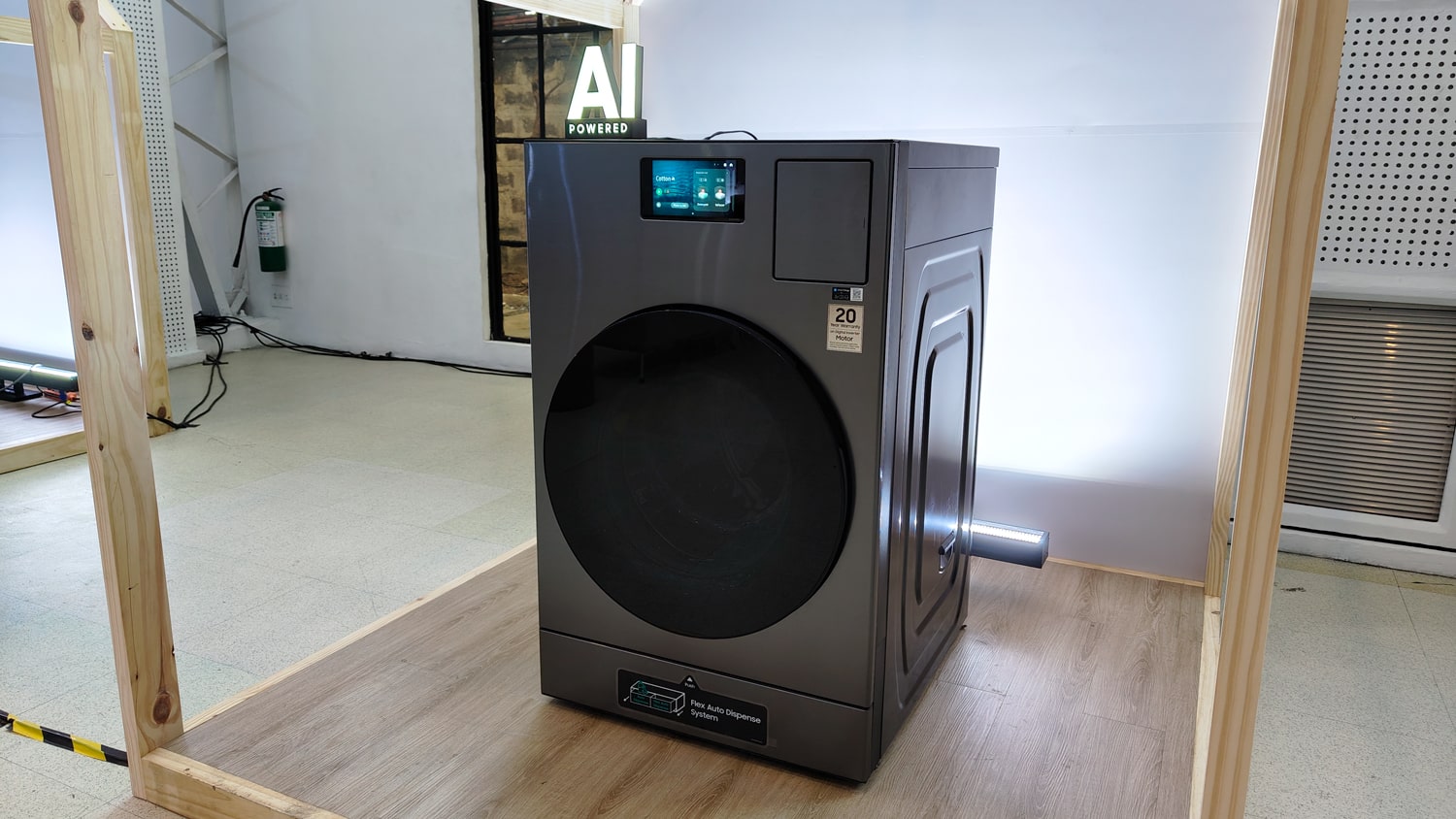
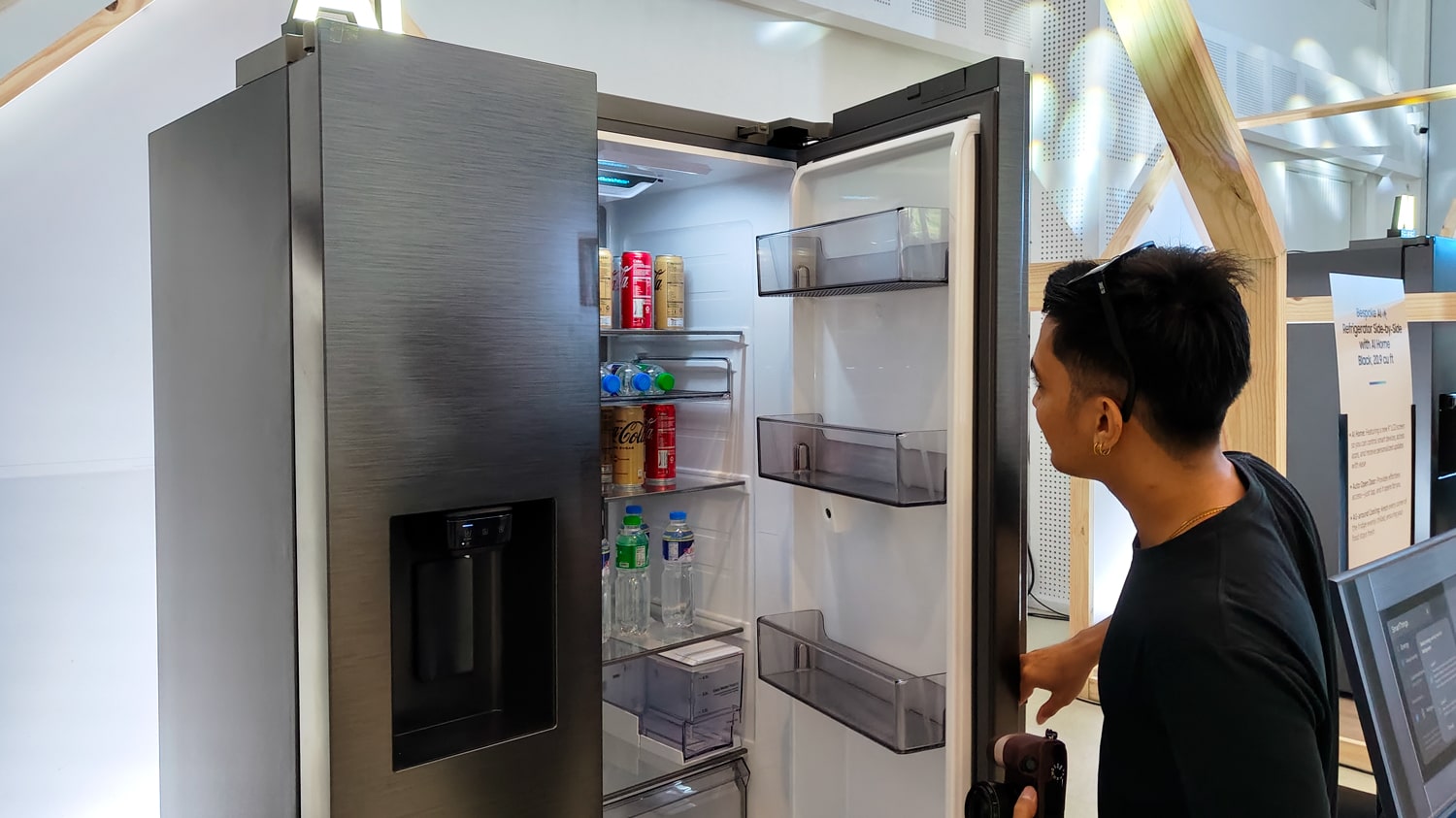
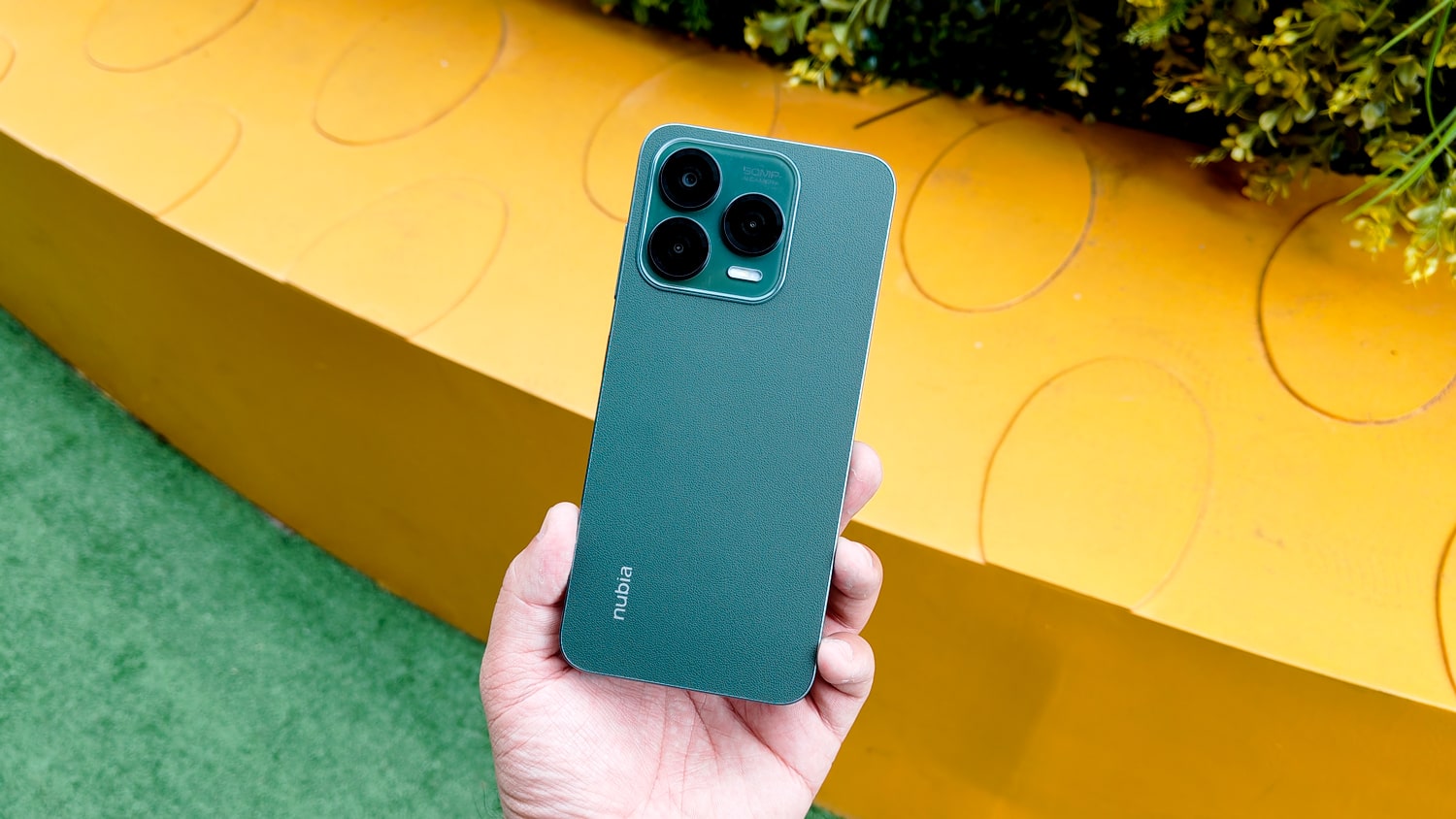
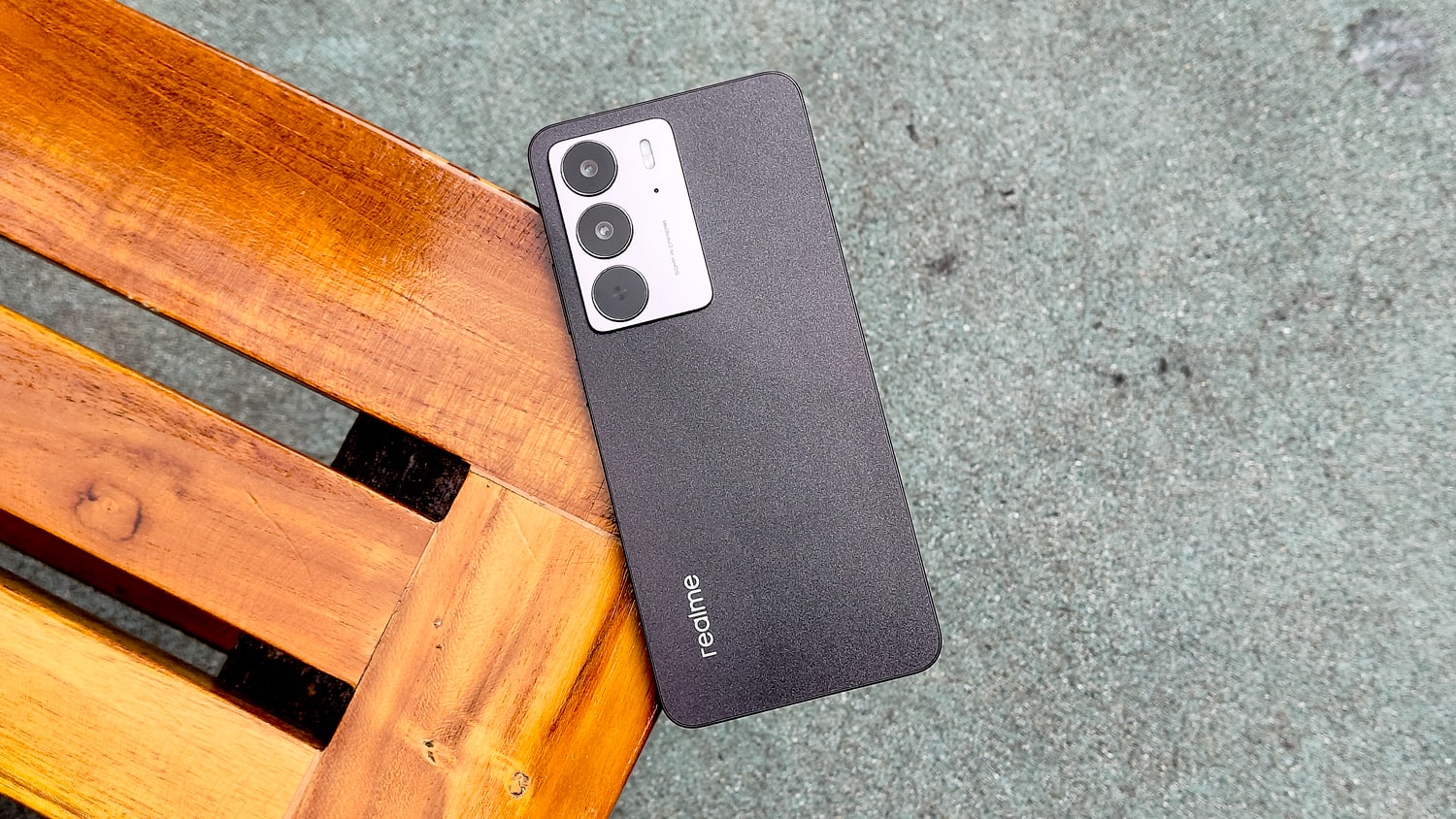
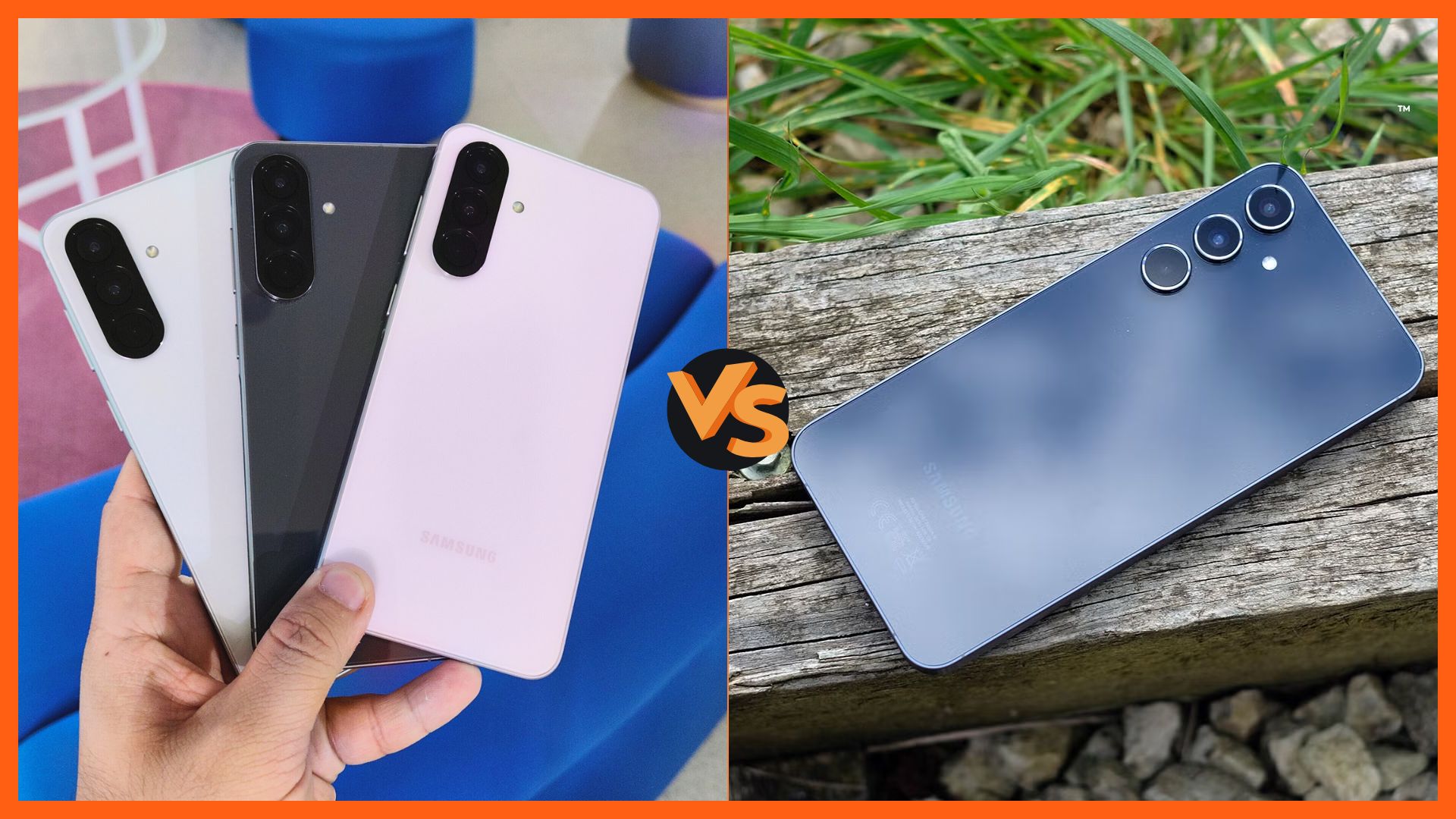




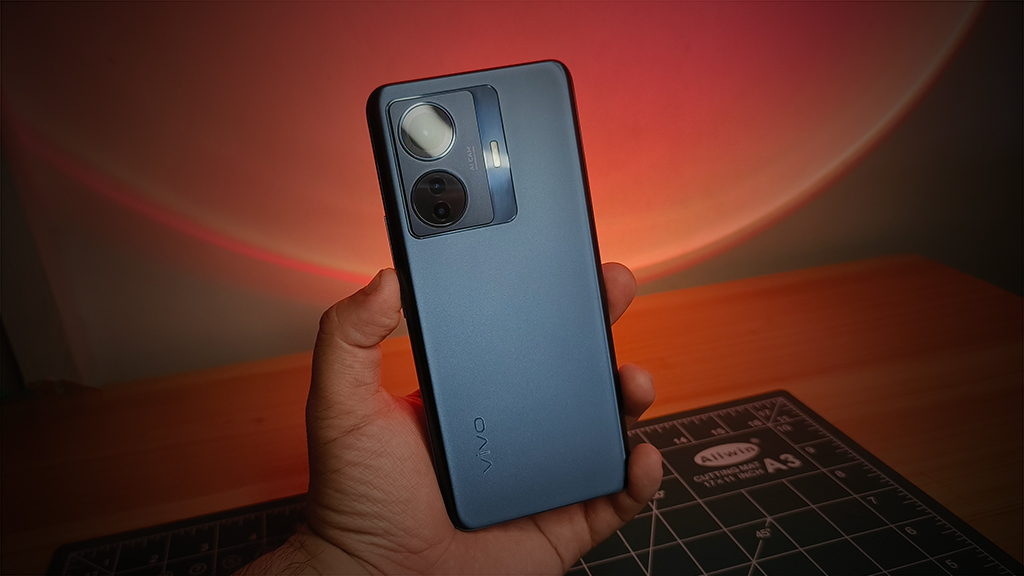
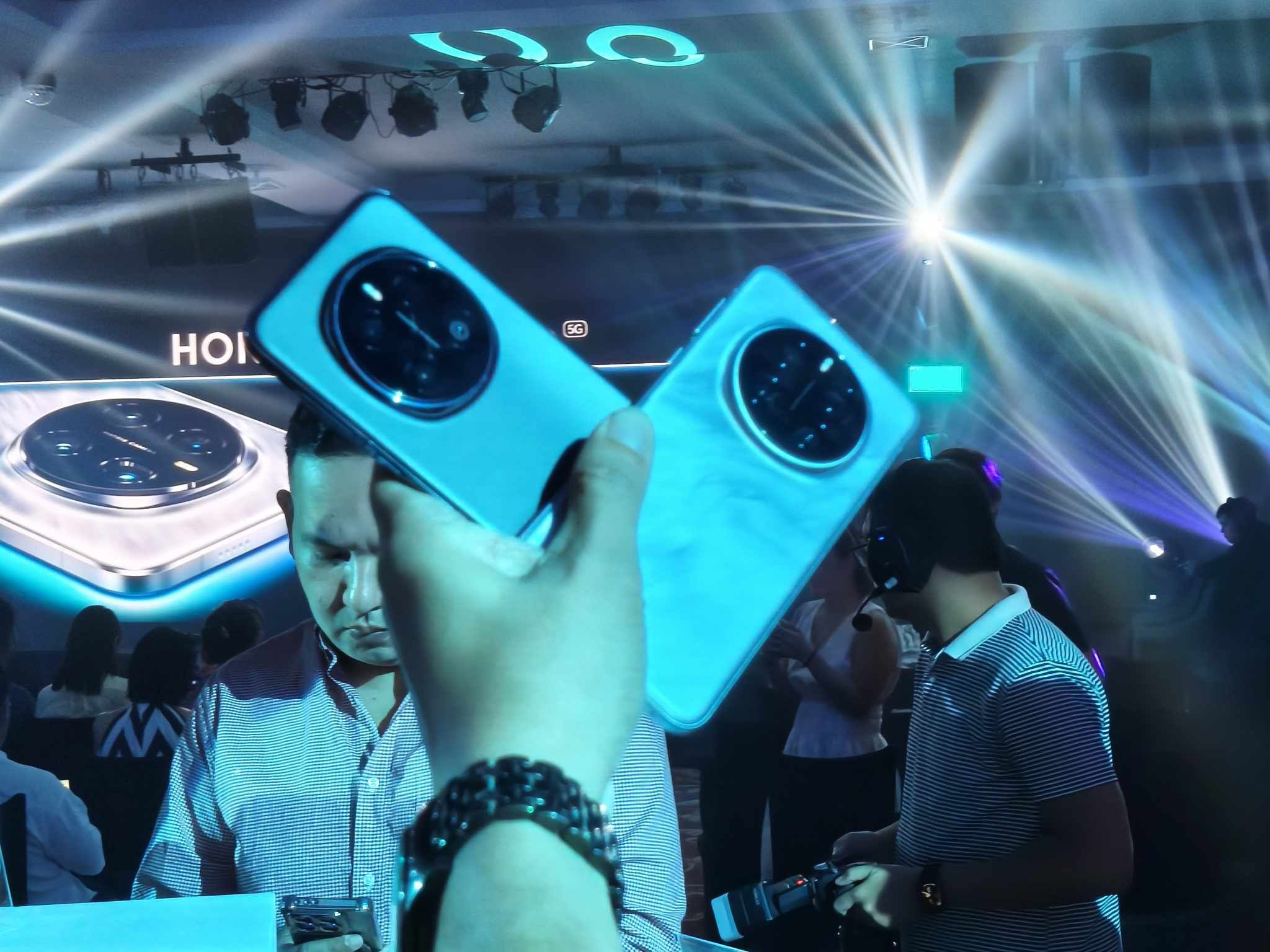
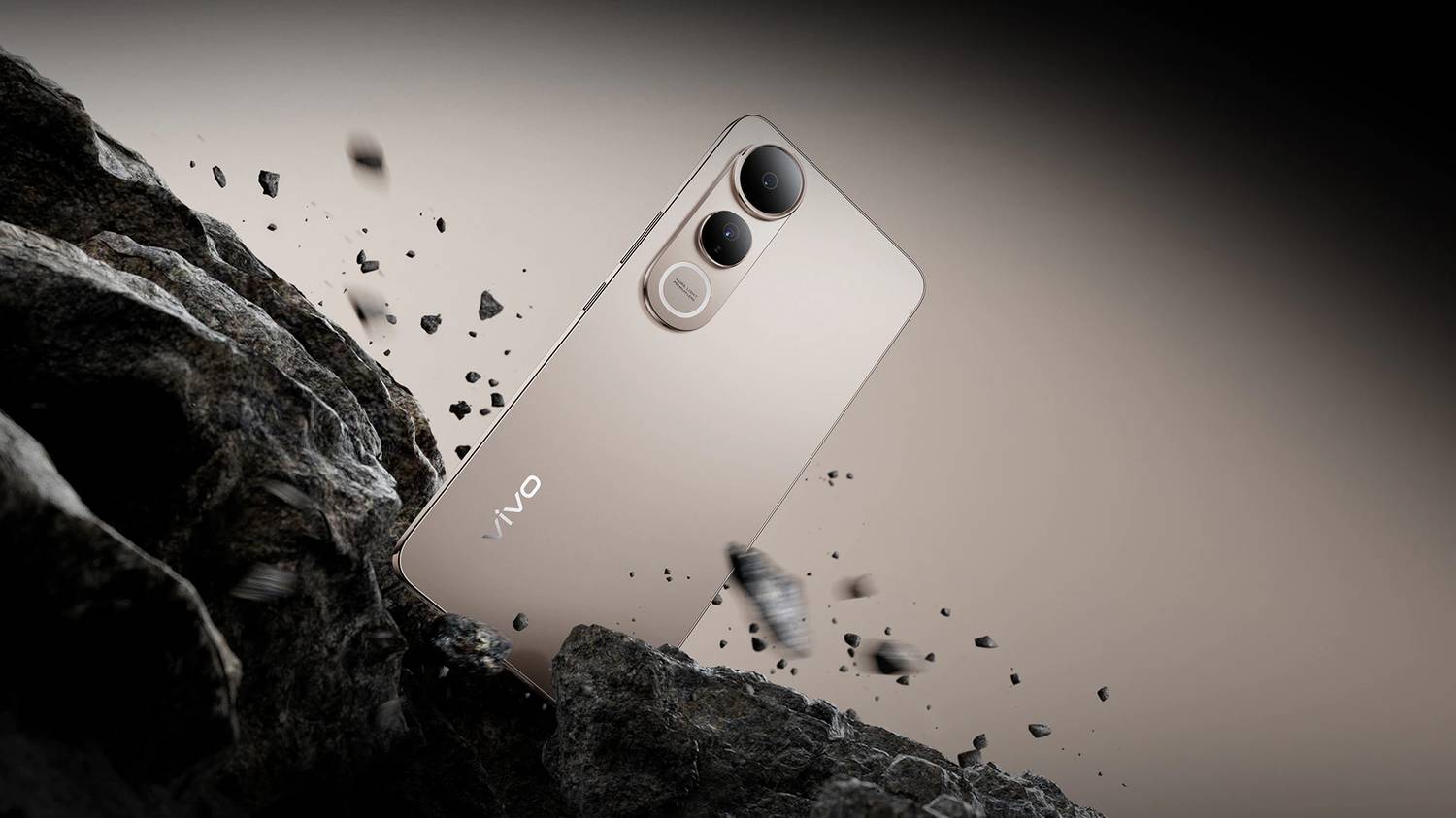
Leave a Reply